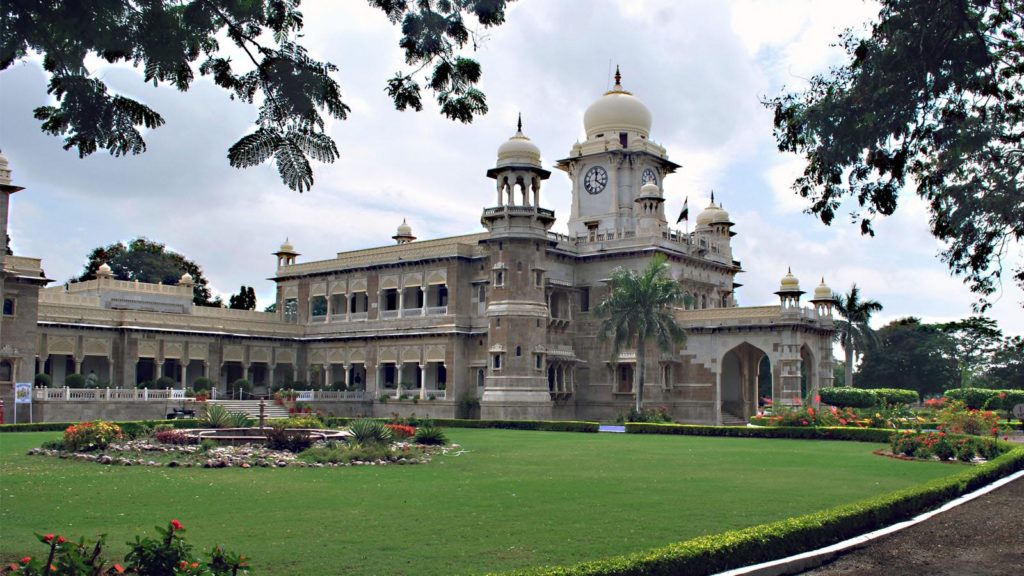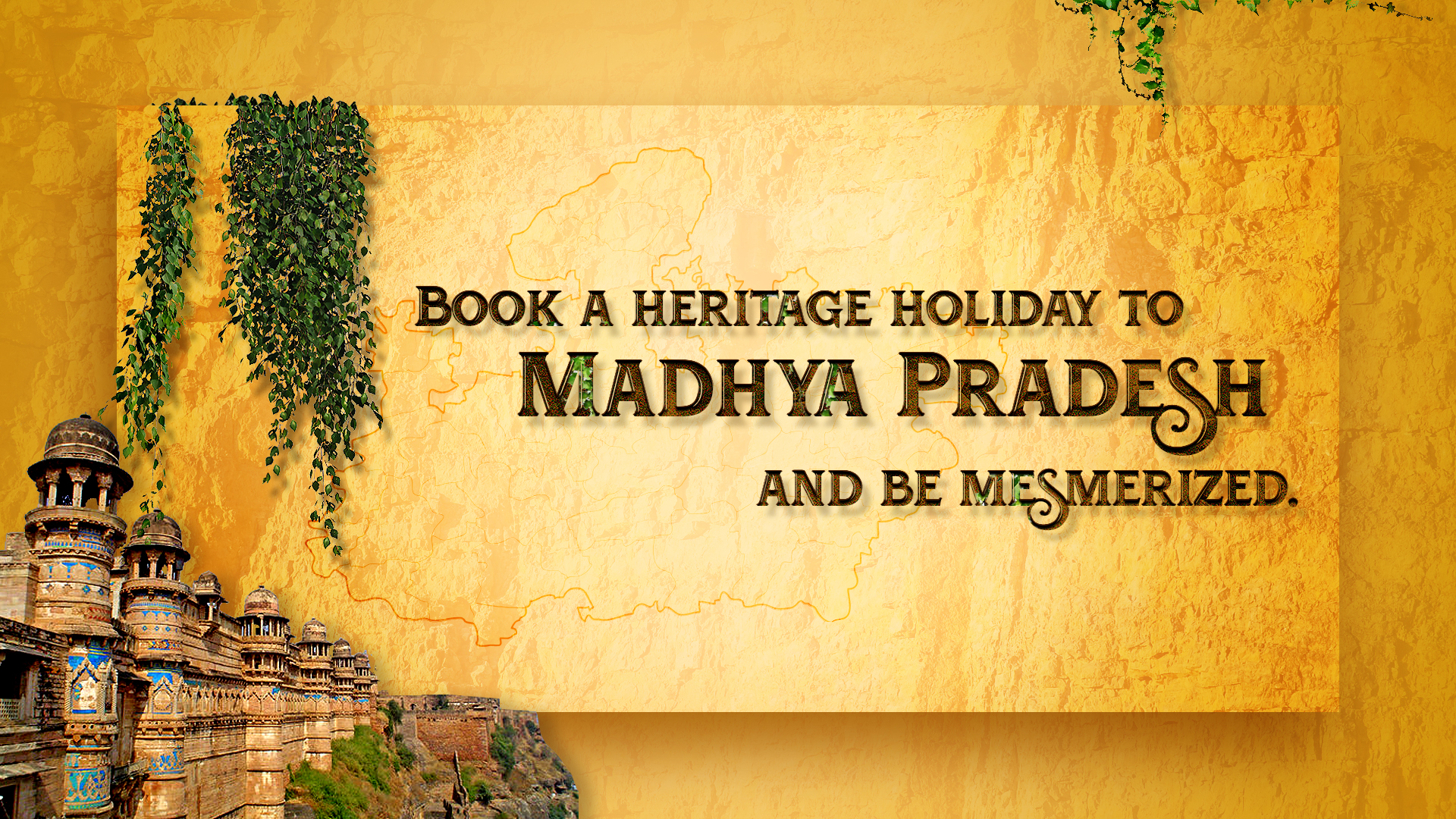Marked for its very basic form but beautifully rich in idea is the Bhojeshwar temple at Bhojpur. A very early temple, apparent in its architectural form, it is also very sophisticated in scale as it is a simple cella on a plinth, housing a gigantic Shiva Linga which measures 5.5 m (18ft) in height and 2.3 m (7.5ft) in circumference. The temple has monumental doors with fairly sophisticated and broad architraves with sculptures on them as against the plain surfaces of the walls punctuated by blind Jharokhas or balconies. The temple is unfinished and one finds scattered sculptures in the vicinity, which were mostly crafted to adorn the temple. Pieces of stone that fit in the jigsaw of the masonry wall have markings on them, and as suggested by some historians and archaeologists, these are the markings or name indicators of the different stone masons and craftsmen that worked on the blocks.
Around the temple you also find some patterns of markings etched on the stone ground, at times they appear like game boards, probably marked by workers who would have entertained themselves over a game of dice in their break time, and one will find similar chalk markings even at a modern-day construction site. Fine columns inside the cella help transfer a square enclosure into a circular dome roofing the temple. Simple, but very fine and majestic in its details and elements, bold in its idea, this temple stands as a primary example of early temple architecture in India.
With a history that dates back to the 11th century, when the city was founded by Afghan soldier Dost Mahammad Khan, Bhopal is a surprising blend of the past and the contemporary. While markers, mosques and palaces within the old city reinforce the aristocratic imprint of its regal past, the new city and its dynamic architecture and infrastructure emphasize its modernistic outlook. Perhaps the most popular of the city`s tourist attractions is the Taj-ul-Masjid—one of the largest mosques in Asia. Literally meaning ‘the Crown of Mosques’, Taj-ul-Masjid is located in the heart of the old city and its construction was initiated by Nawab Shah Jehan Begum. Moti Masjid is another architectural landmark of Bhopal. Shaukat Mahal, one of the palaces of the Nawabs of Bhopal, is a distinct structure that blends oriental and occidental styles of art and architecture, making it a distinguished landmark in Bhopal. The ornate building of Sadar Manzil served as the hall of public audience in the past. Gohar Mahal, another 19th century palace that infuses elements of both Hindu and Mughal architecture, is also located nearby.
The ruined city of Mandu, with a history dating back to the sixth century, rightfully lends itself to the State`s architectural glory with a string of wonders such as the Jahaz Mahal, Hindola Mahal, Jami Masjid, Roopmati Pavilion and Hoshang Shah`s Tomb among many others.
Gwalior is another historic marvel, with the imposing Gwalior Fort and the breathtaking Jai Vilas Palace being just two of its architectural gifts to the State.
Throughout Madhya Pradesh, there are a number of temples and shrines that have emerged as important spiritual centres for Hindu, Islamic, Buddhist, Sikh and Jain pilgrimages; Omkareshwar, Maheshwar, Ujjain, Bhopal, Amarkantak, Sanchi and Chitrakoot are generally considered the most sacred.
The Omkareshwar Temple is situated on an island that resembles the Hindu symbol “Om”, making it particularly important. Adding to the sanctity of Omkareshwar is the presence of a unique Jyotirlinga that embodies Lord Shiva; one of the 12 found in the entire country. The Jyotirlinga is housed within the Shri Omkar Mandhata temple, while the SIddhanath temple contains frescoes of elephants that rise up to 15 meters in height, carved on stone slabs.
Situated on the banks of the Shipra River, once every 12 years, the sacred town of Ujjain hosts the Kimbh Mela, called Simhastha, where millions of pilgrims throng to take the holy dip in the river. It is often said that one feels strange pulses of energy when at the temples of Ujjain, and this is attributed to the passing of the Tropic of Cancer through it. The Mahakaleshwar temple in Ujjain, dedicated to Lord Shiva, houses one ot the 12 Jyotirlinga and is an extremely revered place of pilgrimage.
The temple town of Maheshwar on the banks of the river Narmada is famous for Kaleshwar, Rajarajeshwara, Vithaleshwara and Ahileshwar temples. One can imagine the town`s importance, given that it finds mention in the mythological epics of Ramayan and Mahabhatara.





